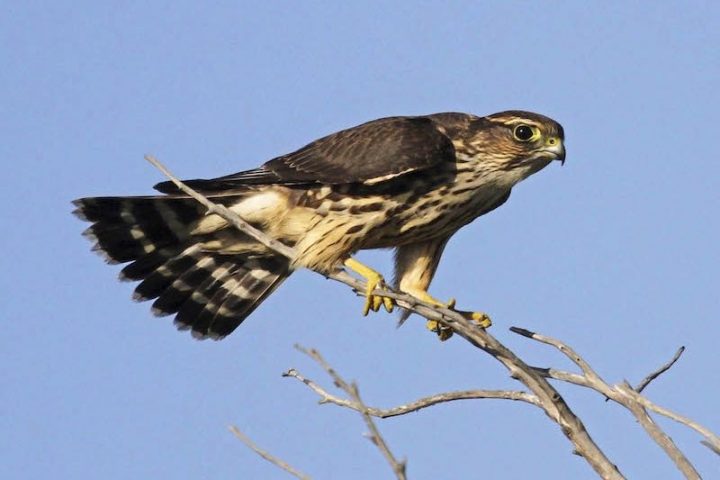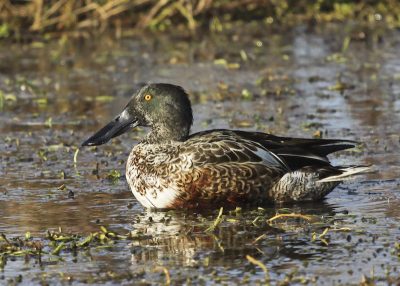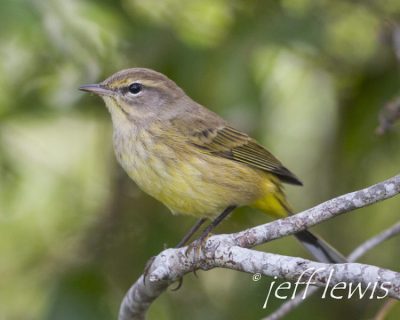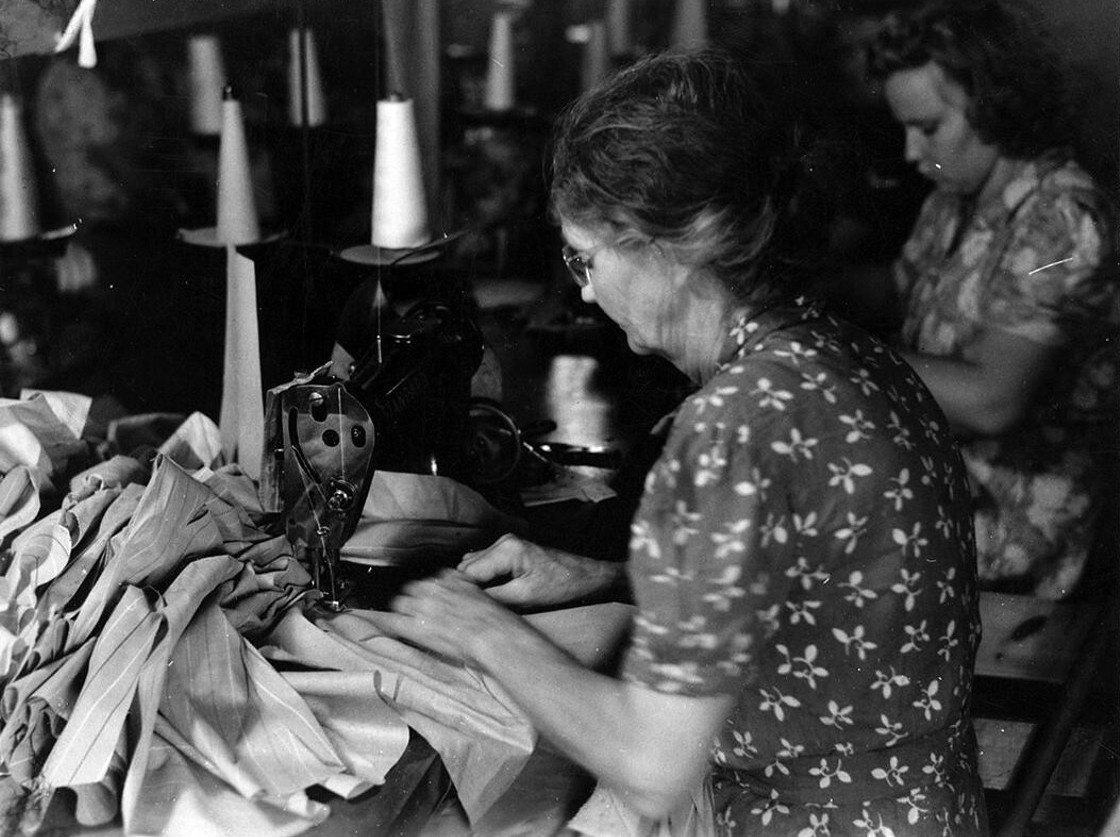
Reprinted from the Outer Banks Voice
OUTER BANKS – Great weather and great birding are ahead as migratory species flock our way this month and an event next week that is sure to make aspiring birders say, “Wow!”
Supporter Spotlight
Birders can expect everything from tiny kinglets to raptors to geese, and maybe a few swans as well. And with cool fall temperatures here, there’s every reason to get outside and enjoy the show.
If you’re new to the game, or just prefer birding in groups, the main session of the 21st annual Wings Over Water Wildlife Festival takes place Oct. 17 to Oct. 22 on the Outer Banks. An “Encore” session is set for Dec. 8-10.
Considered one of the premier East Coast wildlife festivals, Wings Over Water, or WOW, offers nature-oriented field trips and programs, with everything from birding to paddling to photography to astronomy. Various trips will take you to any one of six nearby wildlife refuges or other wild areas like the Palmetto-Peartree Preserve, Nags Head Woods, Kitty Hawk Woods, Audubon Pine Island Sanctuary and Center and Hatteras and Ocracoke islands.
One of the attractions for me is being able to get into some of the normally closed areas of the refuges. The volunteer trip leaders are experts in their fields and will do their best to show you a good time. Check the WOW website for more details.
This month plenty of waterfowl should be available to enjoy.
Supporter Spotlight

All of the puddle duck (dabbler) species should be present, with the diving ducks not far behind.
Snow geese start to show up this month as well. Look especially in those refuges that have impoundments: Pea Island, Mattamuskeet and Mackay Island National Wildlife. The Alligator River Wildlife Refuge should be good, too, if the farm fields have been flooded. Other potentially good spots to try are the Bodie Island Pond and Morgan Futch Game Lands, just across the Alligator River Bridge in Tyrrell County.
October is a big month for raptors.
Sharp-shinned and Cooper’s hawks arrive, wreaking havoc with songbirds, including the ones in our yards. Northern harriers can be seen gliding over our marshes and farm fields, tilting back and forth as they look for rodents. Our resident red-tailed hawks will be joined by their brethren from the north.
Our three eastern falcons, American kestrel, merlin and peregrine falcon, began arriving in late September and should be fairly obvious in October.
Kestrels hunt from a perch, consuming large insects and mice. Super-quick merlin prey on birds, especially shorebirds. Peregrines falcons, renowned for their speed, reaching over 200 miles per hour during their dives, hunt mainly ducks, although a nice, fat pigeon is good, too.
On cool fall days, with clear skies and north winds, it is fun to find a high perch (pun intended), like a tall dune or an observation platform, and watch the migrating hawks.
You may see only a few, or you may see many dozens, winging their way south. I recommend one of the platforms along the Currituck Sound just north of the Dare/Currituck County line. The high platform in the southwest corner of the north pond on Pea Island can also be good, and you have the advantage of being able to view the waterfowl in the impoundment. Mid-morning is generally best. Many other migrants are usually seen, too.
Warbler diversity is still good in early October but begins to lessen by mid-month as these primarily neo-tropical migrants reach their winter destinations in Central and South America. Their numbers remain high, though, as yellow-rumped and palm warblers arrive, many to spend the winter. These are hardy birds.
To make up for the loss of warbler diversity, a dozen or so species of sparrows arrive, many to spend the winter. While not as colorful as warblers, sparrows have a subtle beauty of their own and are a favorite group for many birders.
Some, including the white-throated sparrow, even become backyard birds, feeding on the ground under your feeders. Other species are habitat specialists. Nelson’s sparrow and saltmarsh sparrow, as an example, join our permanent seaside sparrows out in the salt marshes where they spend the winter, not seen unless one specifically tromps through the marsh in search of them.

Shorebird numbers remain high in October, but by the end of the month, their diversity declines. Look for them on mudflats, ocean beaches, large muddy or grassy fields, and along the shorelines of our sounds and inlets.
Many of our “winter” songbirds arrive in October. In addition to the already mentioned sparrows, yellow-bellied sapsuckers, eastern phoebes, blue-headed vireos, brown creepers, golden-crowned and ruby-crowned kinglets, American goldfinches and hermit thrushes arrive this month.
House, sedge and winter wrens also appear – yes, we have a few house wrens year-round. Marsh wren numbers increase as migrants join the year-round birds in the fresh and brackish marshes. Some years we get red-breasted nuthatches, pine siskins and purple finches, mostly during years when their natural food plants in the north have not produced well.
To best locate woodland songbirds, seek out areas that are heavy with native plants that produce fruit or attract insects.
Some of the best are flowering dogwood, tupelo gum, Virginia creeper, American beauty-berry, wax myrtle, muscadine grapes and pokeweed, just to name a few.
The more natural the habitat the better; manicured environments hold very few birds.
In more open habitats, look for areas dense with native grasses and goldenrod, great spots for sparrows and a few of the lower-feeding warblers. On cool fall mornings, look for the sunny edge of a patch of dense woods; this edge is sometimes teeming with life.
I have to tell you that, as I write this article, I am distracted by birds in and around the water feature, a tiny pond and a bird bath with a drip, that was strategically installed just outside my dining room window. My visitors, so far, include an American redstart, a northern parula, a black-and-white warbler, a black-throated green warbler and a couple of red-eyed vireos, not to mention the year-round cardinals and chickadees. I took a quick break, went outside, and added a Baltimore oriole and a yellow-billed cuckoo to my list.
Life is good!
So, let’s end this in the backyard. Continue to keep those bird baths clean and filled, with moving water if possible. Keep the hummingbird feeders filled with fresh sugar water. Fill the bird feeders with a good quality mix of seeds, making sure to scatter some on the ground. Put out suet or peanut butter, and enjoy the birds.
Learn More
This story is provided courtesy of the Outer Banks Voice, a digital newspaper covering the Outer Banks. Coastal Review Online is partnering with the Voice to provide readers with more environmental and lifestyle stories of interest about our coast. You can read other stories about the Outer Banks here.







